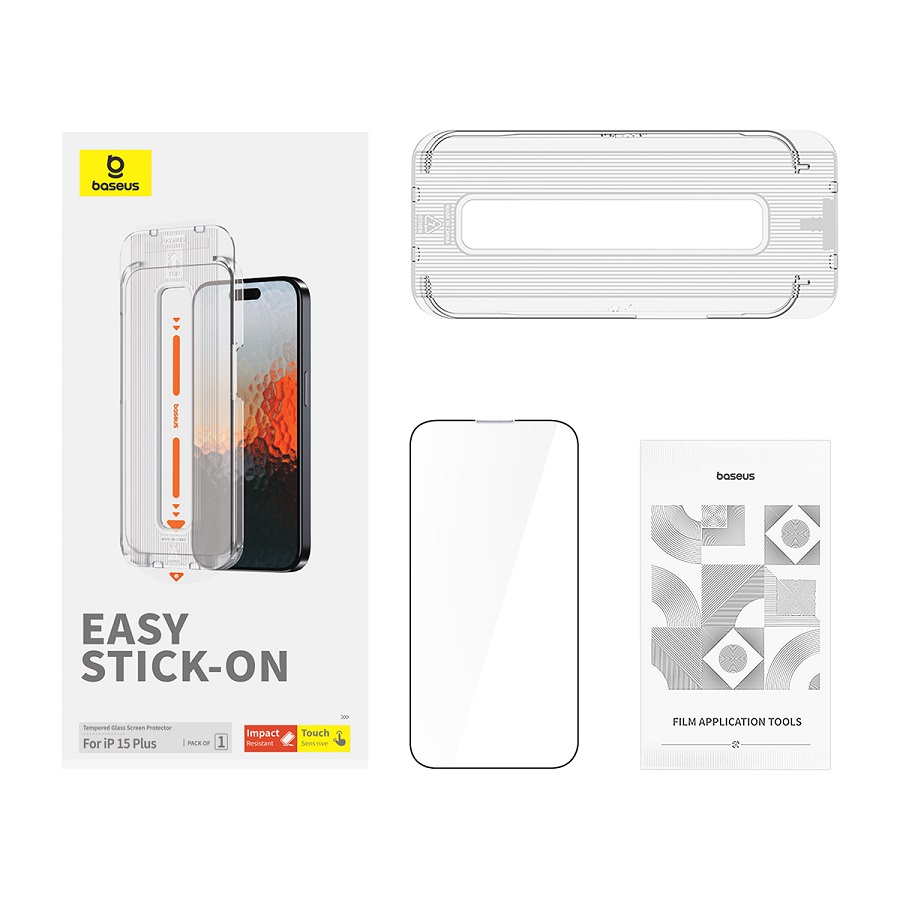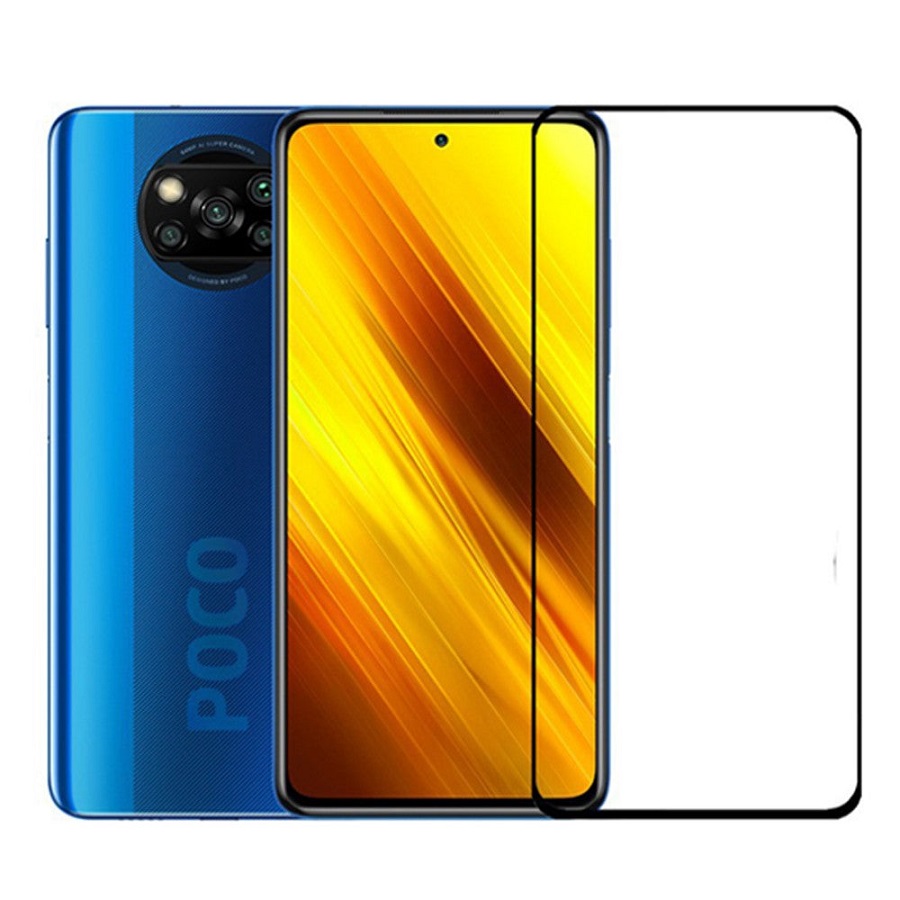Screen protectors are a necessity for maintaining the lifespan and clarity of our devices. However, over time, they may lose their adhesive qualities, causing edges to lift or even leading to dust accumulation. This can be frustrating, as a great screen protector can become ineffective if it doesn’t adhere properly. In this article, we will guide you through methods to refresh your screen protector and make it sticky again, ensuring that your device remains protected.
Understanding Screen Protectors
Types of Screen Protectors Available
Before we delve into the methods of refreshing your screen protector, it’s essential to understand the types of screen protectors available on the market. There are generally three main types: plastic film, tempered glass, and liquid screen protectors. Each type has its advantages and disadvantages, and their adhesive properties can differ significantly.
Plastic film screen protectors are thin and relatively inexpensive. They are easy to install but can scratch more easily than other types. Tempered glass protectors are thicker and more robust, providing better protection against drops and impact. Lastly, liquid screen protectors offer a unique application method; they involve coating the screen with a protective liquid, which eventually cures into a thin, protective layer. Knowing the type of your existing screen protector will help in determining the proper refresh method.
The Importance of a Sticky Screen Protector
A sticky screen protector is essential not just for aesthetics but also for function. When a screen protector becomes unsticky, it can cause air bubbles to form, creating an uneven touch response. Moreover, dust and debris can infiltrate the gaps created by lifting edges, which may scratch the screen itself over time. A properly adhered screen protector not only preserves the visual quality of your screen but also enhances the user experience by ensuring accurate touch response. It’s crucial to understand the importance of maintaining sticky screen protectors for both protective and functional reasons.

Why Do Screen Protectors Lose Adhesion?
Factors Causing Loss of Stickiness
There are several reasons why screen protectors lose their adhesive properties over time. One of the most common culprits is dirt, dust, and oil. Over time, oils from your fingers and dust particles accumulate on the adhesive side of the protector, leading to a reduction in its tackiness. Additionally, environmental factors such as humidity, heat, and exposure to direct sunlight can degrade the adhesive over time.
Wear and tear also plays a significant role. Frequent liftings, such as when you try to reposition the protector or have it removed for cleaning, can weaken the adhesive. It’s important to be aware of these factors so that you can take preventive actions when applying or removing your screen protector in the future.
Understanding the Adhesive Technology
Understanding the adhesive technology used in your screen protector will provide insight into its longevity. Most screen protectors use pressure-sensitive adhesives (PSAs) which, unlike traditional glues, don’t require heat or water to activate their sticking capabilities. While PSAs are ideal for ease of application, they can degrade over time due to exposure to elements like oil, heat, and dust. Knowing the characteristics of the adhesive used can help you know what methods may work best for refreshing the stickiness of your screen protector.
Cleaning Your Screen Protector
Step-by-Step Cleaning Process
The first step in refreshing your screen protector is to clean it thoroughly. Even if it looks clean to the naked eye, there’s likely grime and oil buildup underneath that you can’t see. Here’s how to properly clean it:
- Gather Materials: You will need a microfiber cloth, a soft brush or can of compressed air, distilled water, and isopropyl alcohol.
- Dust Removal: Use a soft brush or compressed air to remove loose particles and dust from the screen.
- Cleaning Solution: Mix equal parts of distilled water and isopropyl alcohol in a spray bottle. Lightly spray the solution onto the microfiber cloth—never directly onto the screen.
- Wipe the Protector: Gently wipe the surface of the screen protector, making sure to cover all areas evenly. Make circular motions to avoid leaving streaks.
- Drying: Allow it to air dry for a few minutes. Ensure no moisture settles beneath the protector.
This clean surface will serve as an excellent foundation for re-adhesion and helps in maintaining the protector’s visual clarity.
Common Mistakes to Avoid
While cleaning, there are certain mistakes you’ll want to avoid. First, never use rough materials like paper towels, as these can scratch the surface of the screen protector. Also, avoid using traditional glass cleaners that contain ammonia, as this can degrade both the screen’s coating and the adhesive on the protector. Lastly, ensure the cleaning area is free from dust or dirt to prevent these particles from settling on the adhesive once the protector is cleaned.

Reapplying the Screen Protector
The Importance of Correct Reapplication
After cleaning the screen protector, reapplying it correctly can significantly affect how well it adheres again. A poorly placed screen protector may lead to premature lifting, dust intrusion, and an overall decline in protection quality. Proper reapplication ensures full contact between the protector and the device’s screen, enhancing its longevity and functionality.
Reapplication Steps
To reapply your cleaned screen protector, follow these steps:
- Prepare the Surface: Ensure the device is on a clean, flat surface.
- Align the Protector: Carefully align the screen protector with the edges of the device’s screen. This ensures that it fits perfectly without any misalignment.
- Gradual Pressure Application: Start applying pressure from the center of the protector, moving towards the edges. This method pushes out any air bubbles that may form.
- Check for Air Bubbles: After application, inspect for any remaining bubbles. If any exist, gently lift the area where the bubble is formed and use a soft card to push the air towards the edge.
Taking care during reapplication enhances the chances of restoring the screen protector’s stickiness and prolonging its usability.
DIY Sticky Solutions
Common Household Solutions
If your screen protector still isn’t sticking adequately after cleaning, there are a few DIY methods you can try. One commonly used solution is double-sided tape. By applying small strips of double-sided tape along the edges of the protector, you can create additional adhesion. Another option is to use a mixture of water and a drop of dish soap. This can create a temporary sticky situation, but it is essential to ensure you wipe away excess moisture before pressing the screen protector back down.
Using Store-Bought Adhesives
Alternatively, if DIY is not for you, there are commercially available adhesive sprays designed specifically for screen protectors. These sprays help achieve the right level of stickiness without the mess of using household items. When using these products, ensure that you follow the instructions carefully for the best outcomes. Remember, these options are best for minor restorations; they may not work for protectors that are heavily worn or scratched.
When to Replace Your Screen Protector
Signs Indicating It’s Time for a Replacement
While refreshing your screen protector can prolong its life, there are certain signs that indicate it’s time for a replacement. If your screen protector has deep scratches, cracks, or excessive lifting that cleaning and reapplying can’t fix, it’s best to invest in a new one.
Peeling edges not only detract from your device’s aesthetics; they also expose the screen to potential damage from impacts and scratches. If you’ve tried every method to revive the stickiness and still notice bubbles or gaps, it’s a clear sign that replacement is needed. The best screen protector is one that is functional and protects your device fully; don’t compromise on that.
Choosing a New Screen Protector
When choosing a new screen protector, take into account the type suitable for your device and its intended usage. Assess your lifestyle—if you work in a demanding environment, consider tempered glass for better durability. Additionally, look for products that come with a warranty or a satisfaction guarantee, as this indicates quality.
It’s also a good practice to read user reviews about particular brands or models in order to select a reliable protector. Quality should always take precedence over price, as a well-made screen protector can ultimately save you from costly screen repairs.

Maintaining Your Screen Protector
Routine Cleaning and Care Tips
Once you’ve successfully refreshed or replaced your screen protector, maintaining its condition is key to ensuring its longevity. Regularly clean the surface with a microfiber cloth and use a cleaning solution occasionally to keep oils and smudges at bay. Try to avoid taking your device to places where it may be exposed to excessive dust, such as construction sites or sandy beaches.
Additionally, consider using a phone case that covers the edges of the screen protector, which can prevent it from getting lifted due to impacts or drops. With a bit of preventative care, you can keep your screen protector in optimal condition for a more extended period.
Understanding the Manufacturer’s Instructions
Lastly, refer to the manufacturer’s instructions regarding cleaning and maintaining your specific screen protector model. Different types may come with specific care suggestions that can improve their longevity and performance. By familiarizing yourself with these guidelines, you’ll experience the best possible results from your screen protector, ensuring that your device remains safe and scratch-free.
Conclusion
Refreshing your screen protector and making it sticky again is not just about prolonging its life; it’s also about maintaining the functionality and appearance of your device. By understanding the factors that can affect stickiness, utilizing effective cleaning methods, and employing DIY or store-bought solutions, you can effectively revitalize an aging screen protector. However, knowing when to replace it is as crucial as revitalizing it. With proper care, you can enjoy enhanced protection and performance from your device, keeping it looking brand new for longer.


